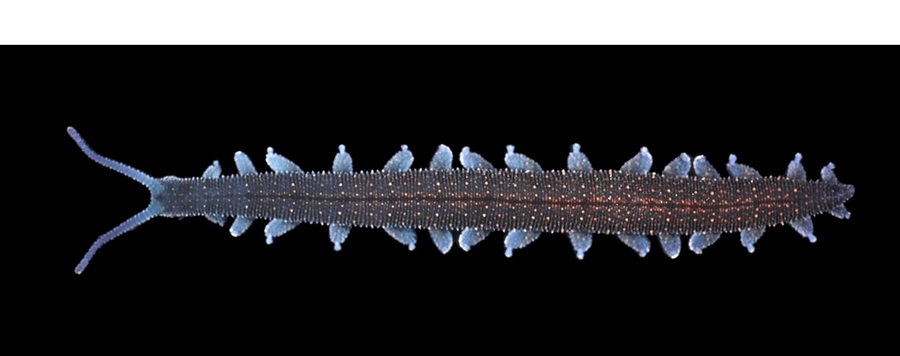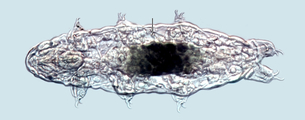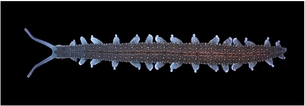
Current advances in studies of Onychophora (velvet worms) and Tardigrada (water bears)
While onychophorans are known for their peculiar hunting and defence strategy using a sticky slime secretion to entangle the victim, tardigrades show extraordinary survival abilities, as they tolerate extreme temperatures, desiccation and even exposure to space.
The anatomy of onychophorans and tardigrades has changed little since the Early Cambrian, as they share a number of ancestral features with the Cambrian fossils called lobopodians. For example, they have a soft body without an exoskeleton and unjointed limbs. Hence, onychophorans and tardigrades are key groups for understanding the evolution of arthropods – one of the most speciose and diverse animal groups on Earth.
In this talk, I will provide an overview of our current advances in studies of onychophorans and tardigrades, which have implications for the evolution of body plan diversity in arthropods.







